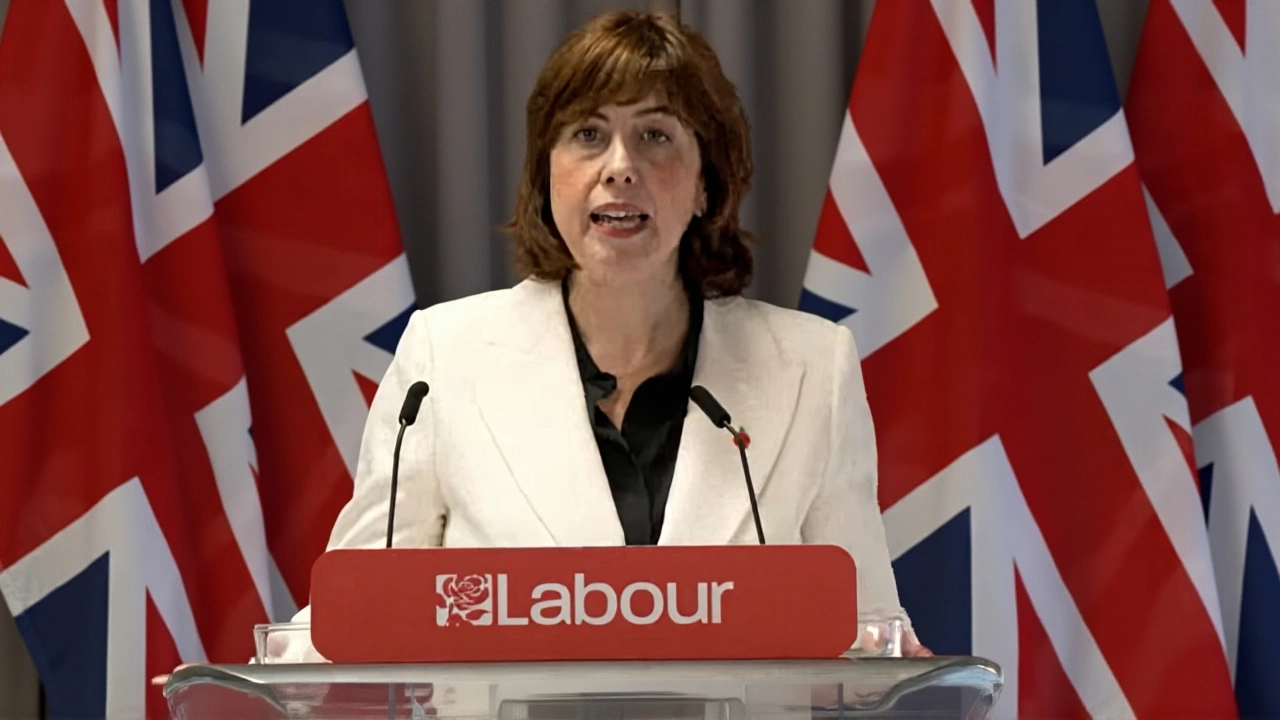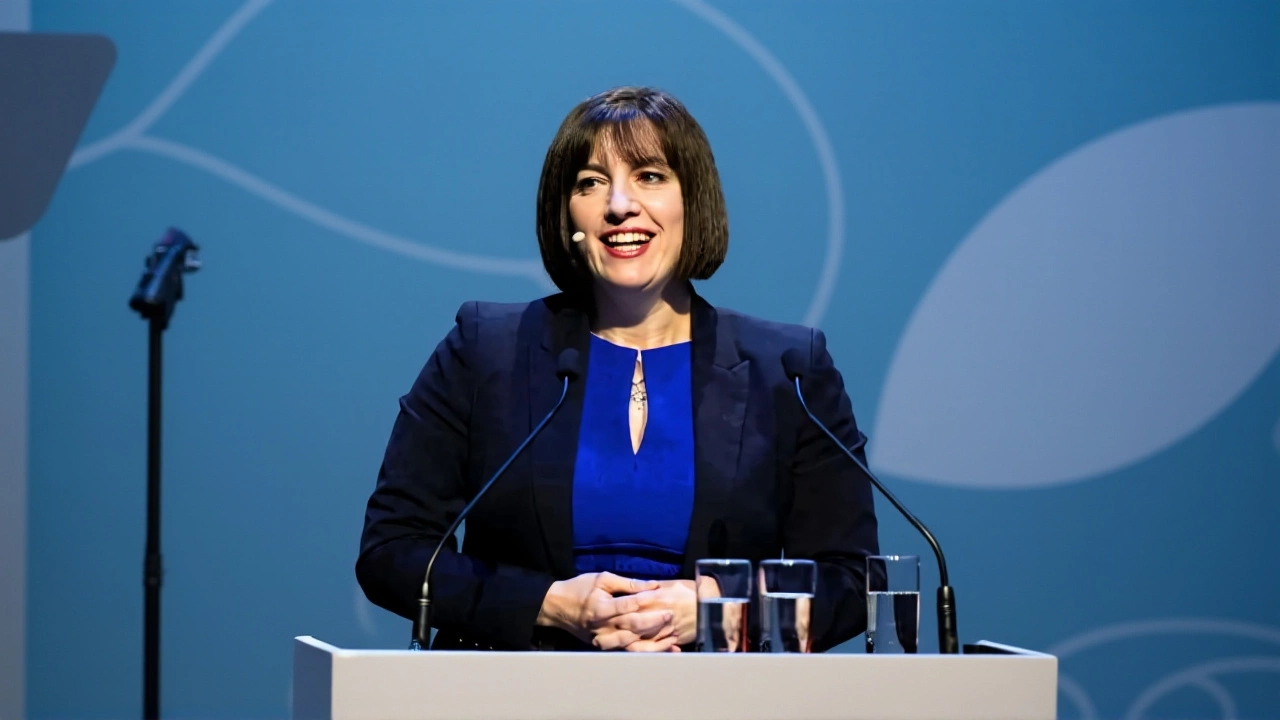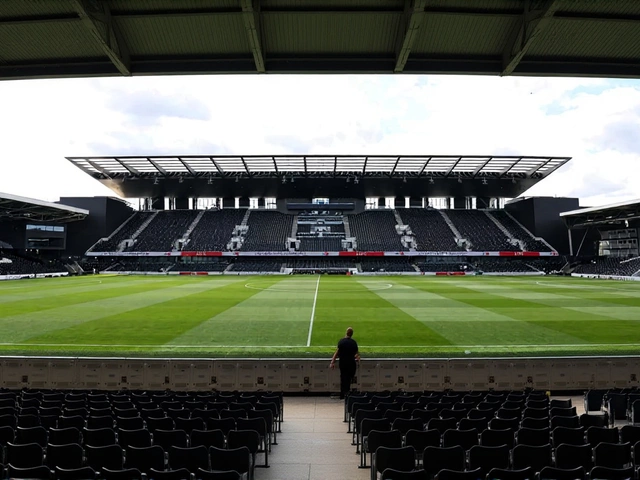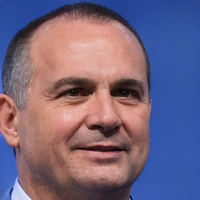When Lucy Powell, former Leader of the House of Commons and Labour Party won the Deputy Leader contest on 25 October 2025, she edged out Bridget Phillipson, the sitting Education Secretary, in a race sparked by the resignation of Angela Rayner earlier that September. The ballot, which closed at noon on 23 October, saw 160,126 of the 970,642 eligible members cast a vote – a turnout of just 16.6 % – but the impact on the party’s direction could be anything but modest.
Background to the Deputy Leadership Contest
Rayner’s decision to step down on 5 September 2025 came after a damning report concluded she had under‑paid stamp duty on a Hove property purchase, breaching the Ministerial Code. That left a sudden vacancy in the party’s second‑most senior role and set the wheels in motion for a tightly‑timed election.
Within days, the Labour Party’s internal calendar was set in stone. The freeze date for voter eligibility landed on 8 September, while Parliamentary Labour Party (PLP) nominations opened on 9 September and closed on 11 September at 17:00 BST. The requirement: each candidate needed support from either 5 % of CLPs or three affiliated organisations representing at least 5 % of affiliate membership, including two trade unions.
Both Powell and Phillipson cleared those hurdles, securing the backing of enough constituency Labour parties (CLPs) and affiliated unions to trigger an all‑members ballot.
The Campaign Trail and Key Messages
Powell ran a campaign framed as a "call for the party to change" – a line echoed in an Alliance News interview where she warned that Labour could not afford stagnation after two consecutive general elections. Her messaging resonated with members who felt the need for a fresh strategic outlook ahead of the 2026 local elections.
Phillipson, on the other hand, positioned herself as a loyal ally of Prime Minister Keir Starmer while insisting she would "still hold him to account". During a September 30 appearance on Channel 4 News' The Fourcast, she told presenter Krishnan Guru‑Murthy that she considered Tony Blair her political hero and proudly mentioned that she plays competitive women's hockey.
A Survation poll commissioned by LabourList and released on 22 October showed Powell leading 57 % to 40 % among voting members, with a 3 % undecided share. Stripped of the "don't know" responses, the gap widened to a 16‑point advantage (58 %‑42 %). Notably, within the cohort that backed Starmer in the 2020 leadership race, Powell’s support was 55 % versus Phillipson’s 45 %.
Voting Process and Turnout Details
- Ballot opened: 8 October 2025
- Electronic ballot re‑issue deadline: 22 October 2025
- Ballot closed: 23 October 2025, 12:00 BST
- Total eligible voters: 970,642
- Ballots cast: 160,126 (16.6 % turnout)
The low participation rate surprised many analysts, especially given the high‑stakes nature of the contest. Some observers linked the modest turnout to "member fatigue" after the fierce leadership battles of the previous years, while others pointed to the compressed timetable that gave candidates just over a month to rally support.

Results Announcement and Immediate Reactions
The Labour Party’s official website posted the outcome at 16:30 BST on 25 October, confirming Powell’s 87,407 votes (54 %) against Phillipson’s 73,536 (46 %). The margin of 13,871 votes translates to a clear, though not overwhelming, endorsement of Powell’s vision for change.
Powell’s victory speech, delivered via a livestream from the party’s London headquarters, thanked "the grassroots activists who kept the party alive" and promised to "work hand‑in‑hand with Sir Keir to build a fairer Britain". Phillipson, gracious in defeat, praised Powell’s competence and urged the new deputy to "stay true to the values that define Labour".
Within hours, the political press ran analyses about what the result meant for Starmer’s leadership. Some columnists argued that Powell’s win could tilt the party’s policy agenda toward a more pragmatic, centre‑ground approach, whereas others warned that the narrow vote share hinted at lingering divisions, especially in the North West where Phillipson enjoyed a ten‑point regional edge.
Implications for Labour's Future
Powell’s ascension reshapes the senior‑level dynamics of a party that has been navigating post‑Brexit identity challenges and a shifting electorate. As deputy, she will chair the party’s strategic board, influence the parliamentary whip system, and take on a prominent public‑facing role in the run‑up to the next general election.
The result also sends a signal to the party’s affiliated trade unions. Both candidates had secured backing from major unions, but Powell’s ability to appeal to a broader cross‑section of members may encourage unions to push for a tighter alignment between policy development and grassroots expectations.
Looking ahead, the new deputy will likely focus on rebuilding voter confidence in traditional Labour heartlands, particularly the North East and former industrial constituencies that have swung to the Conservatives in recent cycles. How effectively Powell can marry the “change” narrative with Starmer’s more measured leadership style will be a key factor in Labour’s prospects for 2026 and beyond.
Frequently Asked Questions
How does Powell’s victory affect the Labour Party’s policy direction?
Powell campaigned on modernising Labour and appealing to swing voters, so her deputy role is expected to push the party toward a centrist platform that blends fiscal responsibility with traditional social policies. This could mean tighter discipline on manifesto wording and a greater focus on local government reforms ahead of the 2026 elections.
What were the main reasons for the low turnout?
Analysts point to member fatigue after a series of intense leadership battles, a compressed campaigning window, and the perception that the deputy role is less decisive than the party leader. The 16.6 % turnout reflects a broader challenge of re‑engaging a demoralised grassroots base.
Who is eligible to vote in Labour deputy leadership elections?
All full members of the Labour Party, as well as affiliated supporters from trade unions and socialist societies who have paid their subscription by the freeze date (8 September 2025), were eligible. In total, 970,642 members and affiliates could have cast a ballot.
What does the result mean for Keir Starmer’s leadership?
Starmer now has a deputy who supports a more pragmatic reform agenda, which could smooth internal tensions and present a united front. However, the close vote suggests factions remain, meaning Starmer will need to balance differing regional priorities, especially those championed by Phillipson’s supporters in the North West.
When is the next Labour leadership contest expected?
There is no scheduled leadership election until at least the next general election, tentatively set for 2026. However, internal reviews or a sudden resignation could trigger an earlier contest, making this deputy result a bellwether for future power shifts.





